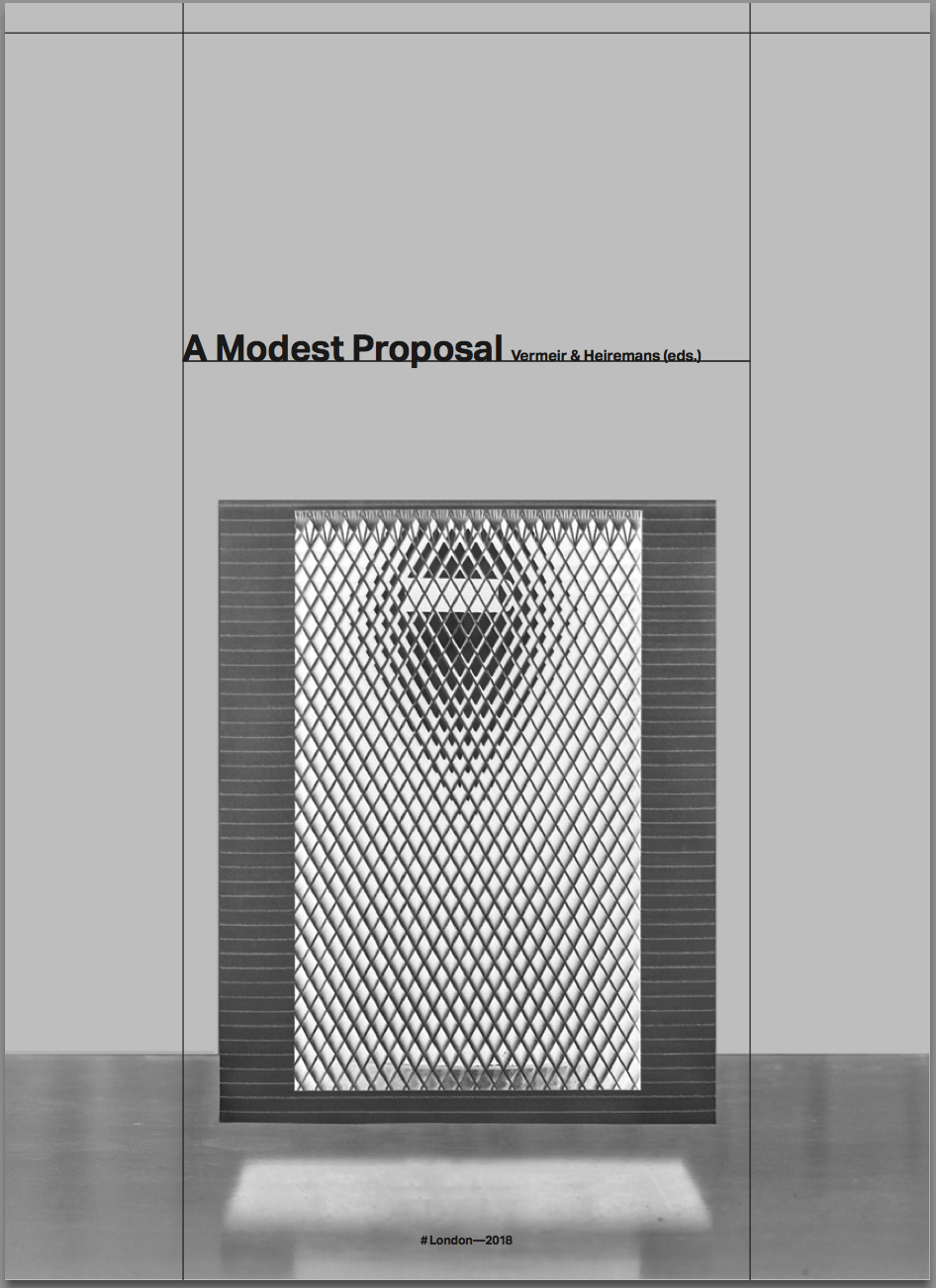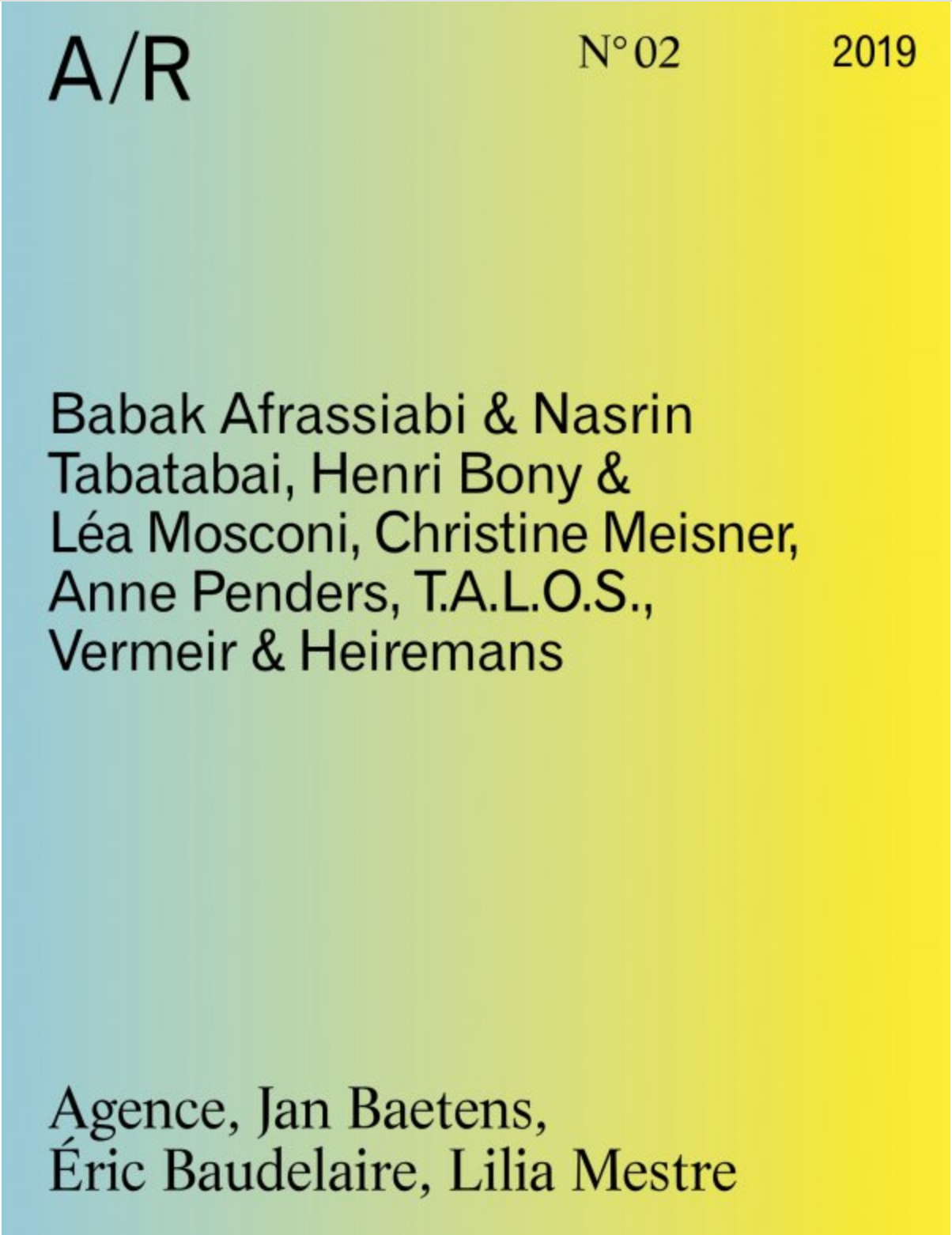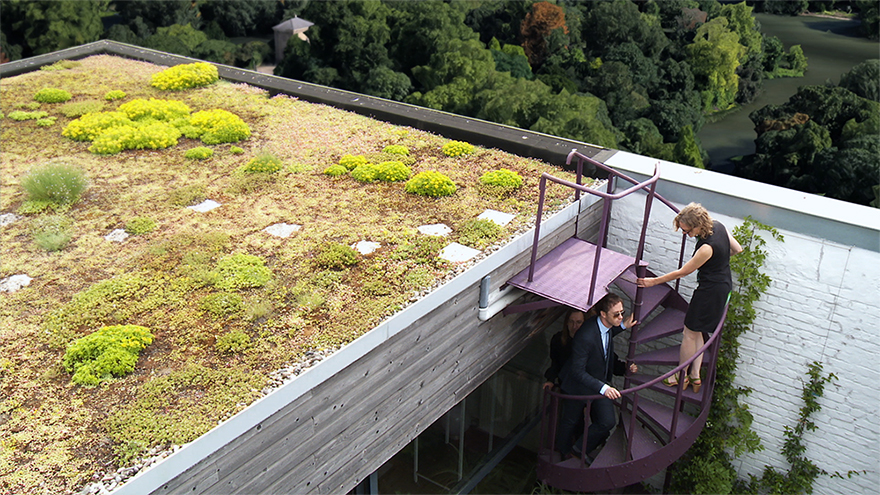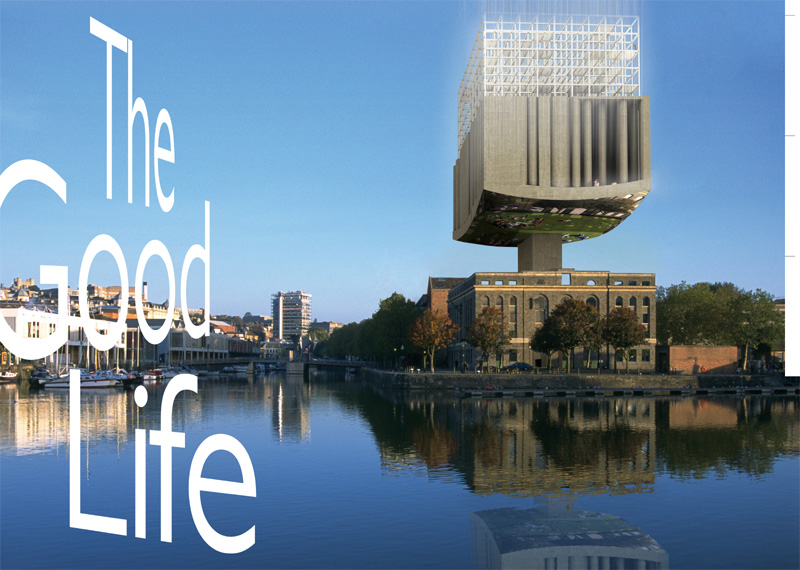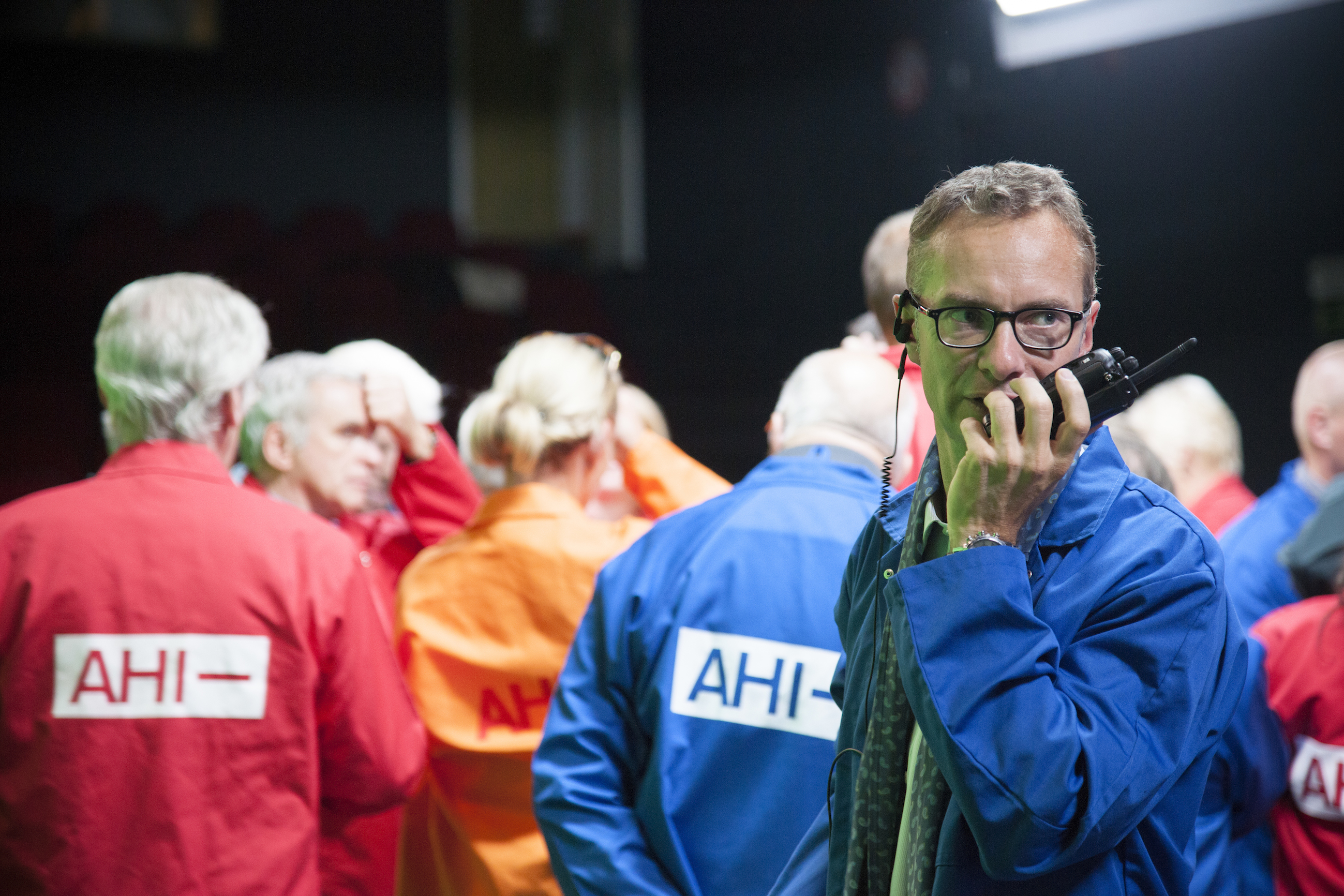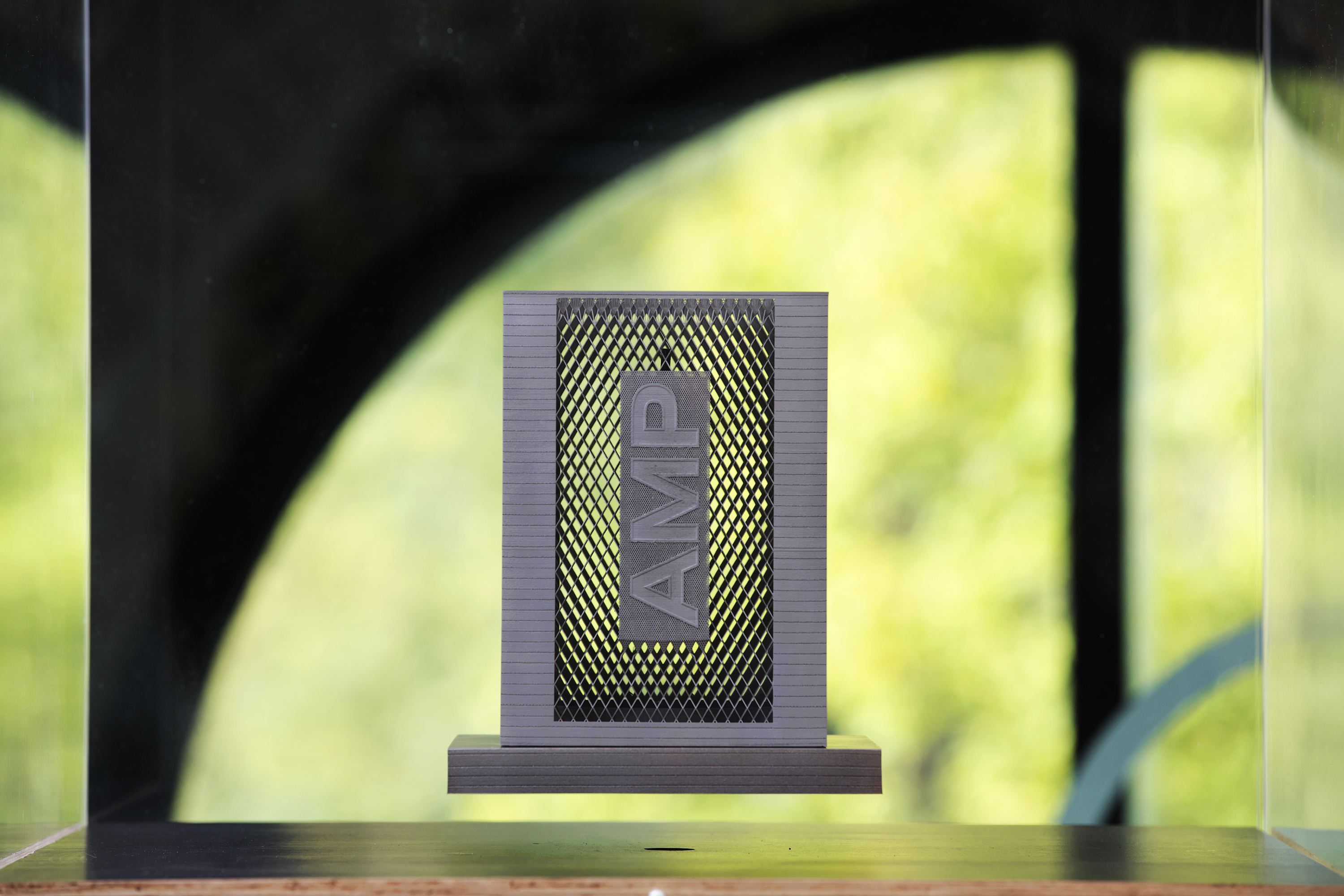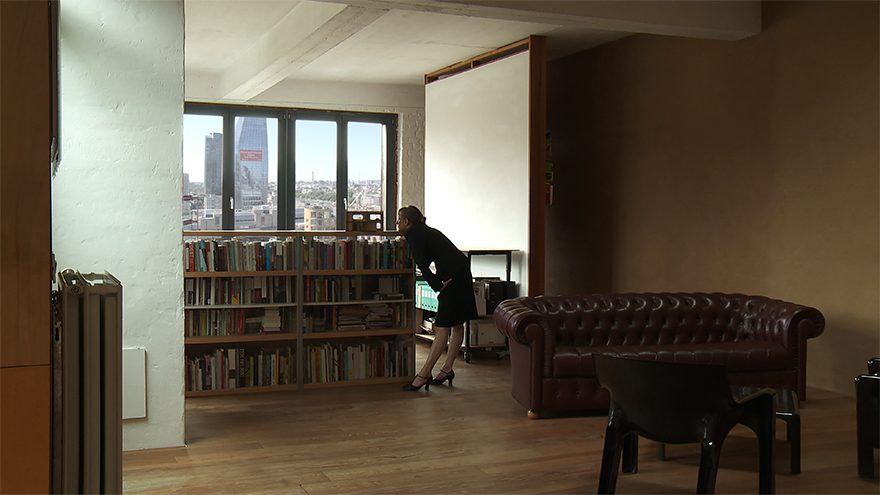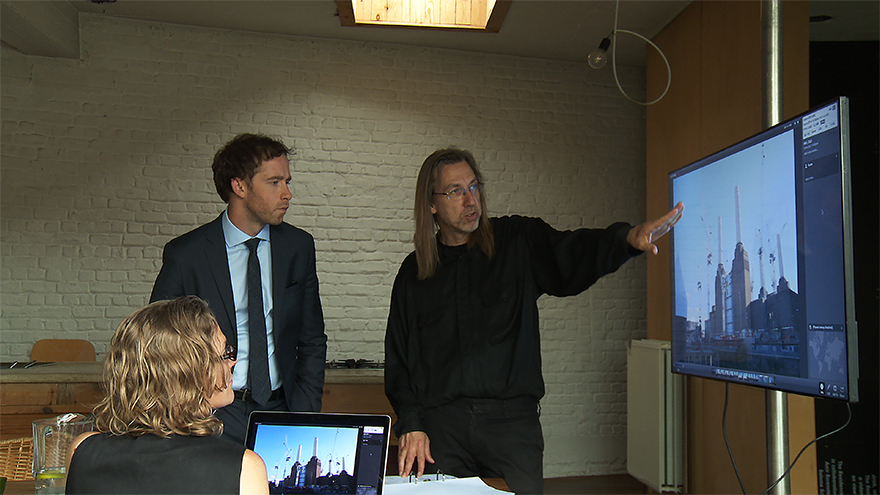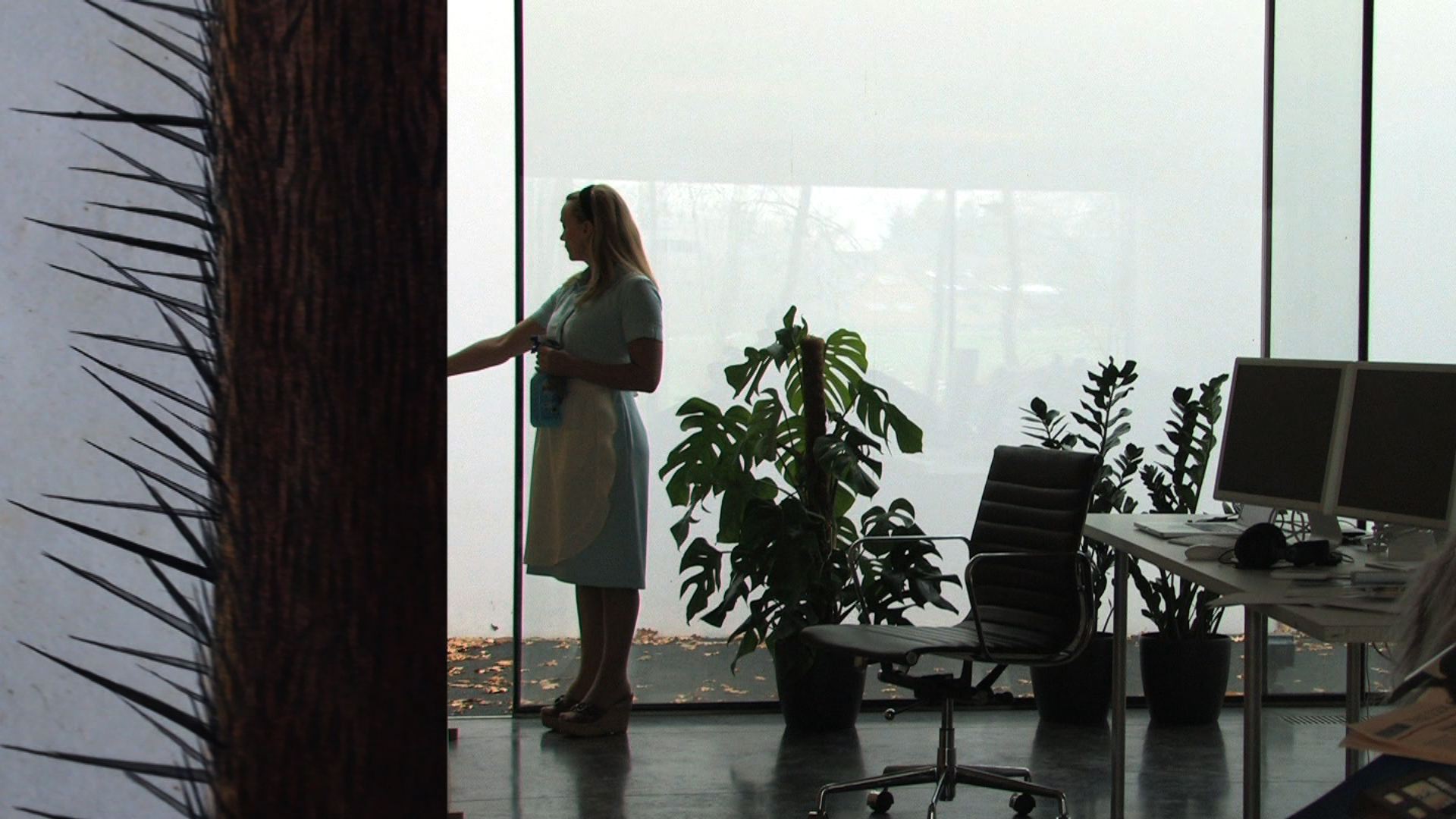Server: Apache/2.0.54 (Debian GNU/Linux) PHP/4.3.10-18
Content-Length: 1742
Connection: Keep-Alive
200 OK
Press text ART MONTHLY - The Good Life by Stephen Lee
Katleen Vermeir & Ronny Heiremans:
The Good Life
Walking the line between parody, pastiche and trickster humour, Belgian artists Katleen Vermeir & Ronny Heiremans have produced an exhibition, 'The Good Life', which is an architectural proposal that they believe could be built. With a target date of 2011, the artists' proposal is to renovate the Arnolfini contemporary art centre as a high-end apartment building, a Pantheon for 'good quality tenants'. Visualised from the other side of the docks, the proposed new building reminiscent of the floating city of Laputa in Gulliver's Travels- forms a pastiche of borrowed architectural elements. At the top is a gridded trellis of apartments in the manner of stacked Le Corbusier 'Dom-inos'. They offer a purist lifestyle surrounded by a skin of glass. The next layer in this trickle down arrangement is a brutalist colonnade providing amenities for apartment dwellers. The underside of the colonnade houses a convex mirror that reflects the regenerated surrounding docklands. The whole unit is perched castle-like atop a giant single pilotis at a securely gated distance of 25 m from the ground. Below this the Arnolfini former warehouse building, now a shell, appears like a romantic cult of ruins with picturesque parkland and roaming deer. The Arnolfini's artistic content has been triumphantly morphed, displaced and developed into apartments of distinction, as the dockland developers would say, for the 'creative classes'. The whole shebang appears to be a situationist invitation: a postmodern bastille waiting to be stormed. On the ground floor, the exhibition turns on large-scale, floor-to-ceiling films depicting an estate agent's guided tour. The environmental screens run the film in tandem, with speakers that reflect the sound back. Shot in the Arnolfini galleries with actors, they can be seen as a total work of art where the white-on-white cinematographic interiors blur and merge with the white walls of the gallery. Carly Wijs, an actress working in collaboration with the artists, interprets the estate agent role convincingly. Crisply dressed, she uses a mixture of NLP (neuro-linguistic programming) phrases suited to an upmarket sell, with occasional slips of the tongue and a subtle comic, exaggerated corporate manner. She is selling and making apparent what the curator, Nav Haq, has sardonically described as art's cool-factor in an 'experience economy'. Within the real estate hype there is passing reference to the existence of an underclass when we are informed that the gated community has its own police and there are 'no beggars here'. There is also the crack of gunshot that causes a brief hesitation in her ongoing pitch. The estate agent sells apartments enhanced by the aura of artistic creativity and criticality. There is a frozen sequence in the film, a tableau vivant, where the actors are contemplating blank white walls previously inhabited by art. Upstairs on the next floor the visitor is either amused or bemused by the trickster humour of rooms that are empty save for a few chairs. Initially the Brechtian consciousness evoked earlier continues as we briefly reflect on the meanings suggested in the proposal, gaze at blank walls and imagine ourselves in the proposed warehouse shell and garden. The perceptive acting and scripting contained in the film and brochure allow a dense sensibility of humour to emerge in the work; otherwise this art practice could easily have produced a dry, theory-led experience. Frederic Jameson has elaborated on the difference between parody and pastiche: both use mimicry but parody, and by extension satire, requires a historical linguistic norm to play around with in order to generate meaning. Pastiche, Jameson says, is speech in a dead language 'a blank parody'; style that has lost its points of reference due to cultural fragmentation. On the other hand, the trickster figure such as Reynard the Fox or Elegua, with whom the Belgians identify, stands at the crossroads of inverted meanings and surprise. It is possible to imagine the play of their humour on entering empty galleries. More subtly, the transition between levels of humour and meaning can be seen when the estate agent, having performed like a marionette, momentarily rests and sips a glass of wine. She appears more human when deflated and the pastiche of her techno-speak transforms into satire. In today's popular culture 'the good life' and ' the pursuit of happiness' are synonymous with the accumulation of wealth and the entry into the middle classes. In the ancient world the Stoic idea of the good life meant making thoughtfull decisions about a philosophy of life where complex emotional pleasure is more fulfilling than the quick-fix of distraction. It is important that in this exhibition the artists have enough historical awareness to enable us to question playfully the deadening effects of today's pastiche and market manipulation.
Stephen Lee is a sculptor and writer
The Good Life
10.04 – 07.06. 2009
Arnolfini, Bristol
by Katleen Vermeir & Ronny Heiremans
In collaboration with 51N4E – Office for Architecture, Justin Bennett, Amir Borenstein, Mieja Hollevoet, Pierre Huyghebaert, Eric Jooris and Carly Wijs
